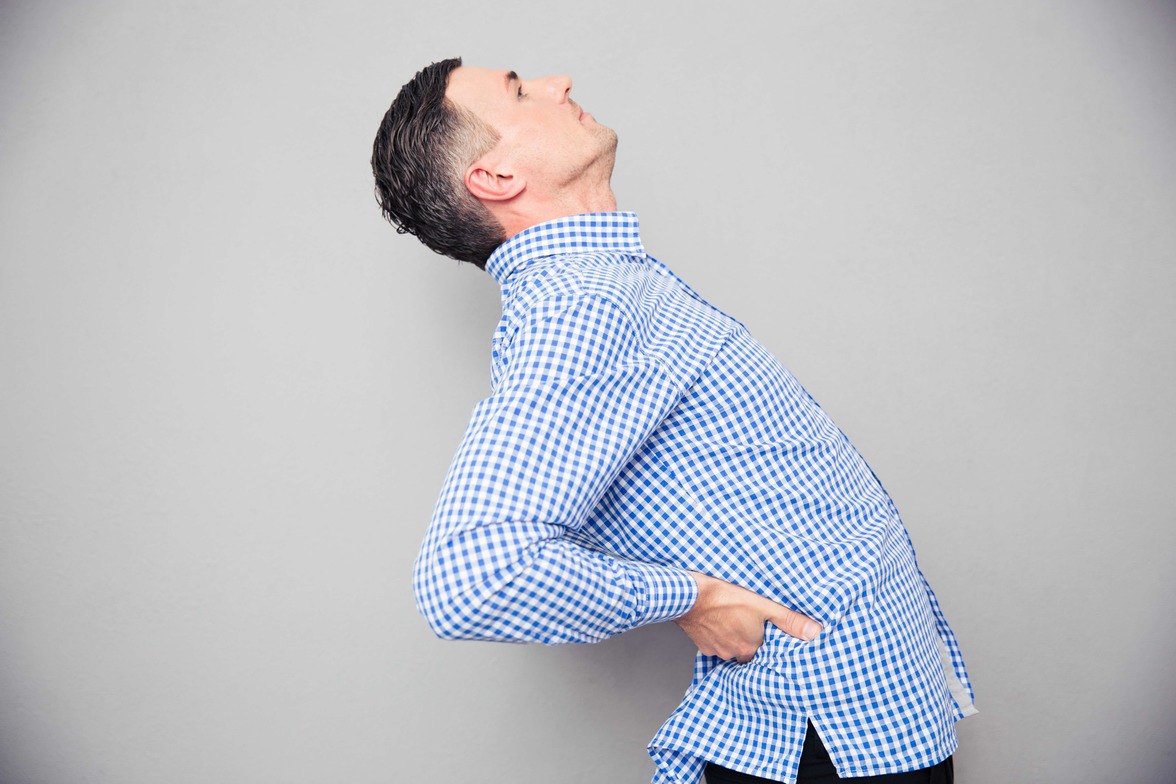Watch This to Find out The Three Main Causes of Low Back Pain

Low back pain is a quality of life killer - so why does it happen?
There are three main causes and they are:
1) Poor posture
2) Poor movement
3) Excessive load
Our body is self-healing, which is a miracle, and yet many people deal with low back pain. How is this possible?
Why aren't the symptoms just getting better on their own? We find the reason for pain with a physiotherapy assessment. The assessment is used to determine the causative factors resulting in back pain.
The most common causes of back pain are:
1. Posture
All of us have habits for the way we sit, stand, and work. Oftentimes this is unconscious and we do it because “that's just the way I've always done it.”
Once pain is triggered we must analyze what we are doing with our bodies throughout the day. If a patient tends to slump and lean to the side while at their desk this may cause flexion intolerant low back pain. The solution here would be to try the opposite posture.
Sit upright with the back and arms supported. Then evaluate the effect on the back pain symptoms. If there is an improvement - great! You have already found one method to reduce your pain.
2. Movement
People with back pain tend to move with their back instead of their hips. Things like standing up out of a chair, or twisting to roll over in bed can both cause pain. These repeated bends and twists of the spine can slowly start to damage it. Once you have passed the load tipping point, you will trigger pain.
The key is to determine which movements are harmful to you and which are therapeutic. The more spine-sparing movement we utilize throughout the day the more time our back has to heal.
A spine-sparing movement is one where the natural posture of the spine is maintained and movement is through the hips and shoulders. If done correctly patients will experience an immediate improvement of symptoms.
3. Load
We can overload the back with one big effort - like helping a friend move a couch or going for a personal best at the gym. We can also overload the back with repeated small lifts and overtraining. Once we exceed the back's ability to recover, we will experience symptoms and pain. The key in these scenarios is to determine the causative factors. Find exactly what lift/movement/activity is causing the pain, and then remove it to allow the back to heal.
There is HOPE
Back pain is not a life sentence, those with back pain often experience fewer symptoms as time goes on and their backs mend and heal.
The key is to determine the causative postures, movements, and loads that are to blame. Eliminate them from your repertoire. Then give the back time to heal and slowly rebuild your pain-free abilities.
This process takes time and discipline - but it is WORTH it!
Here's to your low back health!
